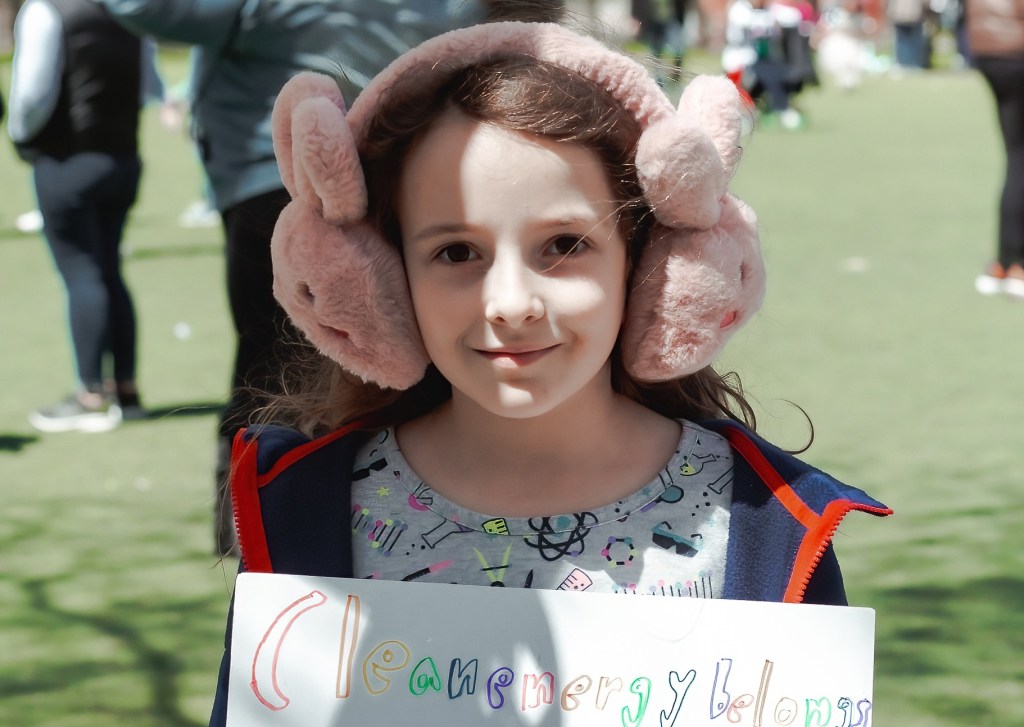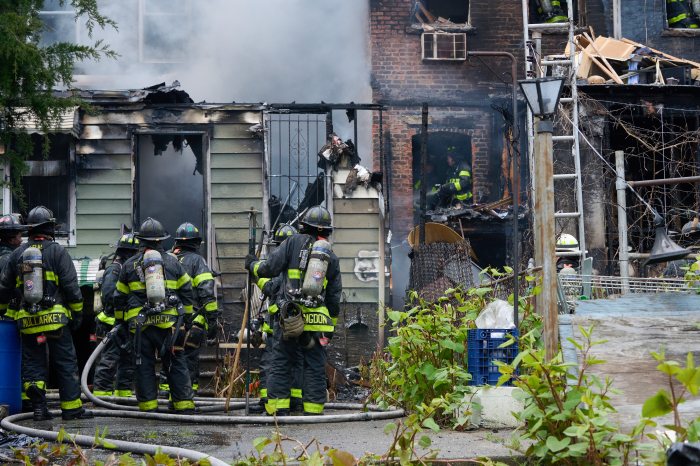For more than three million New Yorkers with disabilities, voting during primary and regular elections has, for years, been a difficult task. Pulling down the lever, which is standard in the Shoup 3.2 voting machines used citywide, takes a considerable amount of force, strength that many people with disabilities cannot muster alone.
“I notice a lot of seniors have problems with the levers, and if you are in a wheelchair you cannot even reach the levers,” said Astoria resident Kevin Mullarkey, who has worked as a poll inspector for the past seven years. Mullarkey, who is handicapped and walks with crutches, has a strong upper body - so he has little trouble pulling the levers down himself - but he said that poll workers often have to aid voters with disabilities.
On Tuesday - Primary Day - however, residents with disabilities could cast their ballots in Woodside using a new voting machine to register their choices privately and independently.
“Everyone is entitled to their privacy,” Mullarkey said. “People who vote with other people in the both might feel pressured to vote a different way.”
Twenty-two of the trial machines - Ballot Marking Devices (BMD) - were used citywide during Tuesday's Primaries - five of the machines were available at 126-06 Queens Boulevard. In addition, the BMDs will be employed on Election Day, Tuesday, November 7.
However, the new machines, Avante Vote-Trakkers, only mark ballots of voters with disabilities; the ballots must be tallied by hand and will be considered affidavit ballots because voters will be allowed to vote in only one location in Queens - possibly outside of their election district.
For the voters who are blind, the machine is equipped with headphones through which voters can hear the candidates name read aloud. Then visually impaired ballot casters punch large square, triangle, and round keys on a special keyboard.
Voters with vision problems can also enlarge the fonts on the screens and then use the touch screen or keyboard to vote. Paraplegics and voters with motor disabilities can also use a tube to navigate the voting booth - puffing and sipping on an air tube, which is similar to those used in the breath-activated wheelchairs.
The machine is also equipped with foot paddles for people with dexterity disabilities.
Use of the BMDs was borne from an agreement between the State Board of Elections (BOE) and the federal Department of Justice (DOJ), after New York missed the deadline to institute voting requirements called for by the Help America Vote Act (HAVA) of 2002. New York is the last state in the country to apply HAVA's requirements, and a new deadline of 2007 has been set for the State.
The current Vote-Trakker BMDs, however, do not meet guidelines established by the HAVA of 2002, so they will most likely be scrapped and replaced with other voting machines by 2007, when the State Board of Elections must also replace its 7,639 lever machines.
One possible replacement for the BMDs as well as the lever machines is another machine - the newest Direct Record Electronic (DRE) voting system Advantage Plus Touch Screen made by Sequoia - for which the company will hold a demonstration on Wednesday, September 20 at the offices of the Queens Independent Living Center, located at 25-35 Broadway.
This machine, which has capabilities similar to the Vote-Trakker machines but also counts and records votes, allows blind, visually-impaired, paraplegic, and other voters with disabilities to cast their ballots. The machines also can be outfitted with several other devices - “tactile input switches, buddy buttons, and neck loops” - to assist voters.
Jonathan Freedman, a spokesperson for Sequoia, said that he has watched several demonstrations of the handicapped-accessible machines.
“It's very exciting because for so many it's the first time that they can vote,” he said.
However, the Sequoia machines come with a price tag of roughly $8,500 per DRE machine - optical scan machines that are also being considered for use in the city cost about $6,500 each - and the city needs anywhere from 5,000 to 10,000 new machines.
Two other manufacturers of voting machines, ES&S and Liberty, have also expressed interest in supplying the State with machines.
Whatever the decision, by 2007, election boards throughout the state must name a replacement for the BMDs used in 2006 and the lever machines built over 40 years ago and based on a model first designed by Thomas Edison in 1869.
“Once that's in play [new voting machines], where everything is accessible you will see more and more people involved, going out and voting,” Mullarkey said.

































